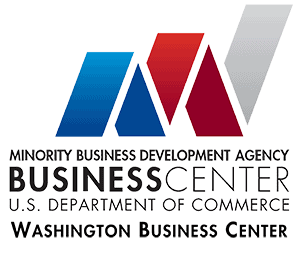Sole Proprietors and LLCs Applying for Paycheck Protection Program
Question: “I had a small business operator get denied for a PPP stating that the application was incomplete because they did not submit payroll documents. This individual pay’s herself (I assume draws from Owner Equity) and casual laborers; in this context, the owner/operator does not have a payroll register available to submit. What are banks/SBA requiring in lieu of 941’s and payroll registers?
I initially thought a Profit and Loss and a Balance Sheet can indicate draws from Owner Equity. Do these reports offer the approver the proof that a Sole Proprietor or LLC owner pays themselves the equivalent of a salary?”
Answer: Summary: Since PPP is intended for payroll replacement, for self-employed applicants without any employees, they may use their 2019 Schedule C, line 31 divided by 12 months to come up with an average monthly income.
Sole Proprietor (no employees) = line 31 of schedule C / 12
Sole Proprietor (w/employees) = (line 26 + line 31) / 12
P&L – Bank would accept it, if validated by an accountant. There is no verified guidance on this, so this would be banker risk tolerance/preference.
More Clarifications
LLC: As an LLC, your business does not pay taxes. Instead, the tax liability passes onto the business owners. This means that all of the business’ net profits pass directly through to the owners as earnings. LLC managing members are considered to be self-employed through the LLC, and therefore pay self-employment tax on these earnings.
If you are the single owner, 100% of the net profit passes on to you as a tax liability. If you have multiple owners, the percentage of profit passed on to you as a tax liability will be equivalent to your ownership percentage. For example, if you own 40% of the company, 40% of the business profit passes through to you for taxation.
Your payroll cost for the PPP will be the earnings that you are taxed on. As an owner of an LLC, this is the full amount of your net profit, not your owner draws. You may not have withdrawn as much money as your business made in profit, or you may have actually withdrawn more than your business made in profit, but your self-employment tax is based on your net profit.
If you are the sole owner of a business taxed as an LLC, your salary for your PPP application should be the full amount of your business’ net profit in 2019, and you should leave your member draws out of the calculation entirely. If this amount is negative and you don’t have employees, you should consider applying to the SBA Disaster Loan (EIDL) rather than the PPP.
If you are one of multiple managing members of a business taxed as an LLC, your salaries for the PPP applications will be your share of the business profits in 2019 according to your ownership percentage. This will most easily be found through your 2019 Tax Return on each member’s Schedule K-1, looking specifically at the Self-Employment Income reported on line 14. If these amounts are negative and you don’t have employees, you should consider applying to the EIDL and not the PPP.
SOLE PROPRIETOR: If you run a business on your own, your business is a sole proprietorship— even if you haven’t formally let the IRS know.
Since you don’t have employees, you won’t be reporting your payroll costs for the PPP loan. Instead, you’ll be reporting your net business income, which will be reported on a Schedule C. According to the U.S. Treasury, “regardless of whether you have filed a 2019 tax return with the IRS, you must provide the 2019 Form 1040 Schedule C with your PPP loan application.”
Your monthly average payroll expense will be your annual net profit divided by 12. If your annual net profit is over $100,000, you may only claim up to $100,000 divided by 12.

